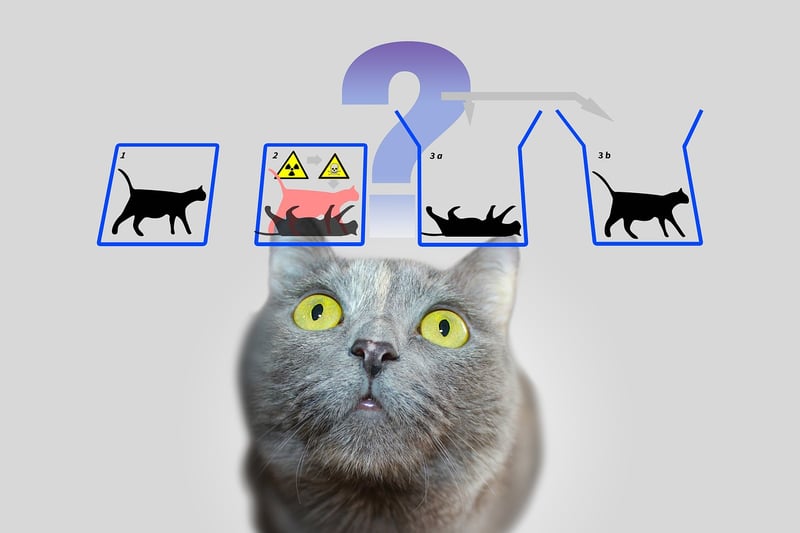Bootstrap Paradox
Decoding Time Conundrums: Exploring the Bootstrap Paradox

Time travel has captured the imagination of humanity for centuries, offering a glimpse into the hypothetical realm of temporal paradoxes. One such enigma that continues to perplex both scientists and enthusiasts alike is the Bootstrap Paradox.
What is the Bootstrap Paradox?
The Bootstrap Paradox, also known as a causal loop, is a hypothetical scenario where an object or information exists without having been created. In simpler terms, it raises the question of what came first - the chicken or the egg, but in a temporal context.
Example of the Bootstrap Paradox
Imagine a scenario where a time traveler goes back in time to meet Beethoven and gives him a sheet of music. Beethoven is so inspired by this music that he reproduces it and claims it as his own creation. The sheet of music is then passed down through generations until it reaches the time traveler, who then takes it back in time to Beethoven. In this loop, the origin of the music is untraceable, creating a paradox.
Implications and Theories
The Bootstrap Paradox challenges our understanding of cause and effect, suggesting that events can be self-created without an origin. Some theories propose the existence of parallel universes or alternate timelines to resolve such paradoxes, while others argue for the existence of a single, consistent timeline.
Conclusion
While the Bootstrap Paradox remains a fascinating concept in the realm of theoretical physics and science fiction, its resolution continues to elude even the most brilliant minds. As we delve deeper into the mysteries of time, the enigma of causal loops serves as a reminder of the boundless complexities that time travel presents.
Explore more about time conundrums and paradoxes to unravel the mysteries of the universe!

References: Wikipedia - Bootstrap Paradox
